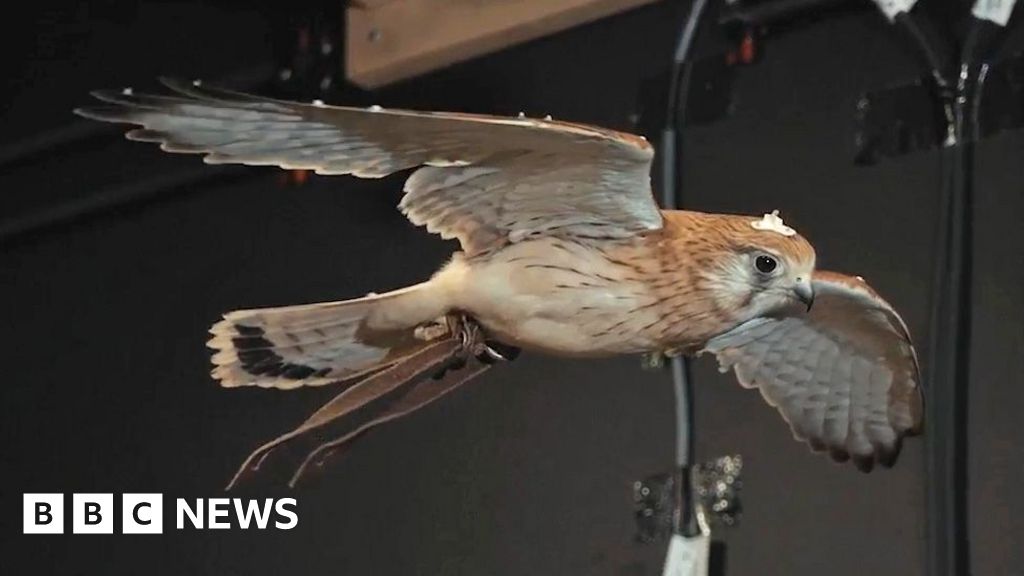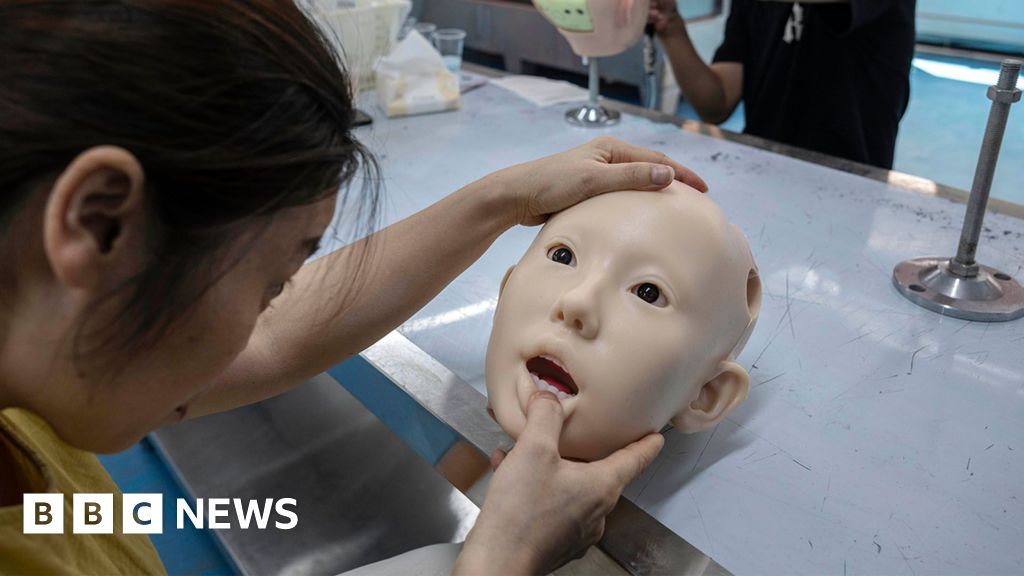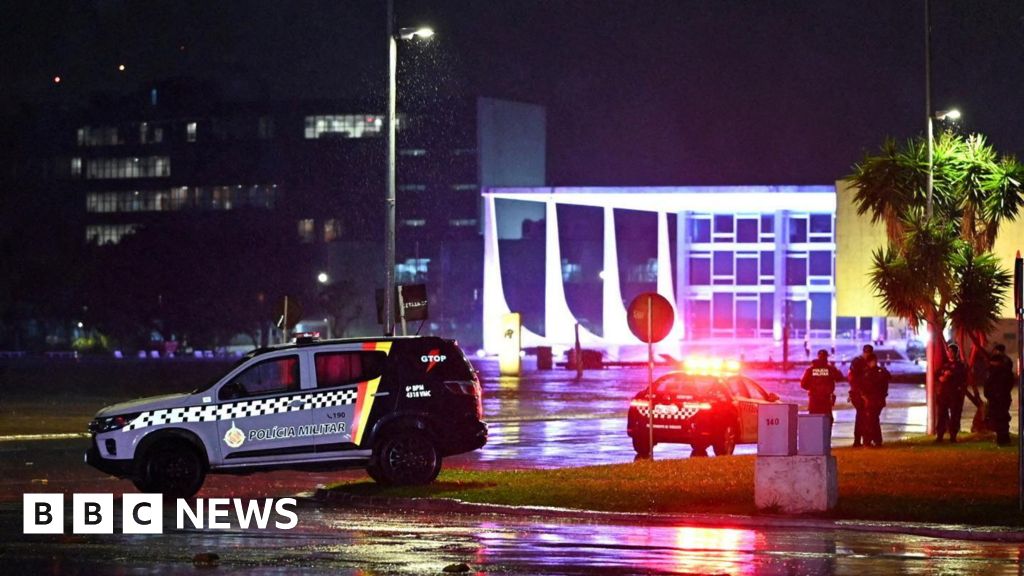New insights into the secrets of hovering kestrels could help delivery drones navigate the gusty air in cities, scientists at the University of Bristol and RMIT University in Australia suggest.
The sight of a kestrel hanging motionless above the ground as it scans for prey is a delight for nature lovers, and a trick drone experts are keen to investigate.
Using motion capture technology of the sort used to record performances in blockbuster movies, researchers were able to better understand how kestrels stay so still.
Its hoped the research could eventually help engineers develop aircraft and fixed-wing drones better able to deal with turbulence and high winds.
Camera and motion capture technology enabled researchers to observe two Nankeen Kestrels, called Kevy and Jedda, as they hovered in a wind tunnel operated by RMIT.
Nankeen Kestrels are a small species of falcon native to Australia. Both birds came from a local hawk sanctuary and were used in falconry.
While being fed, the birds were fitted with little reflective stickers in much the same way human actors are when their movements are captured for visual effects in films, a process researchers say didn’t bother the kestrels.
Previous studies have examined birds flapping – less useful for gaining insights into how aircraft fly.
By contrast, it is thought lessons learned from studying kestrel’s wind-hovering flight could be particularly valuable for aviation engineers.
“Previous studies involved birds casually flying through turbulence and gusts within wind tunnels. In our study we tracked a unique wind hovering flight behaviour”, said RMIT lead researcher Dr Abdulghani Mohamed.
His team found the kestrels were excellent at keeping their heads still – moving less than 5mm – while hunting despite the buffeting air.
The key to a kestrel’s skill in staying still and coping with turbulence is their ability to change the shape of their wings, the researchers think.
At present, as anyone who has glanced out a jet window will know, aircraft with wings mostly use hinged control surfaces to control flight.
Now it’s thought the kestrels’ “wing-morphing” could inspire similar tech in planes and drones.
“It may be a more efficient way of achieving stable flight in fixed wing aircraft too,” said Dr Mohamed.
Strong winds and turbulence can limit the operation of drones. Those operating in windy environments, such as postal deliveries like those to Orkney, are limited by weather.
Even small scale drones operating in cities have to navigate the wind-tunnel like blasts around buildings familiar to big-city dwellers.
And increasingly drones are carrying vital supplies such as medicines or carrying out important search or inspection work.
Wing morphing presently would work best at the scale of drones. But associate professor of bio-inspired aerodynamics at Bristol University, Dr Shane Windsor, told the BBC it was possible there could be elements that transfer to planes:
“We’re seeing more and more large aircraft have more and more flexible wings, so controlling that flexibility which the birds are very, very good at doing, could potentially scale up for commercial aircraft, as well.”
Kestrels’ abilities to sense and adapt to turbulence could also have lessons for large aircraft design.
Previous work Dr Windsor has supervised involved fitting backpacks to gulls to explore how they use air currents around buildings to maximise the efficiency of their urban foraging.
Other researchers have built drones based on studying the abilities of kestrels and other birds to exploit updrafts to save energy when flying.
And Dr Windsor believes there is plenty of further inspiration for engineers to find by considering our feathered friends:
“What excites me in general about looking at bird flight is that it just gives us different way of thinking about aircraft, and how to deal with natural environments.”





























